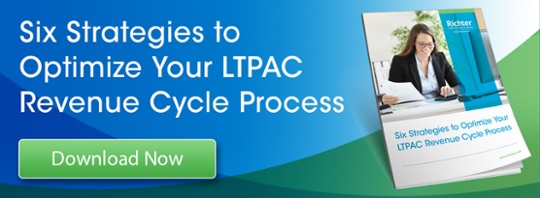- Solutions
- Accounting
- Additional Documentation Requests (ADRs) Management & Support
- Clinical Consulting
- EHR Implementation & Optimization
- Medicaid Eligibility
- Outsourced Contract Controller Services
- Outsourced Revenue Cycle Management
- PointClickCare® Consulting
- QAPI Consulting
- Resident Trust Fund Management & Advisory Services
- Revenue Cycle and Reimbursement Consulting
- Who We Serve
- Resources
- Careers
- About Us
- Contact

 As long-term post-acute care (LTPAC) organizations continue to navigate the ever-changing coronavirus (COVID-19) landscape, the clinical challenges they face are readily apparent. Less publicized, however – yet highly consequential – are the financial impacts of this crisis on LTPAC facilities of every size and scope.
As long-term post-acute care (LTPAC) organizations continue to navigate the ever-changing coronavirus (COVID-19) landscape, the clinical challenges they face are readily apparent. Less publicized, however – yet highly consequential – are the financial impacts of this crisis on LTPAC facilities of every size and scope.

